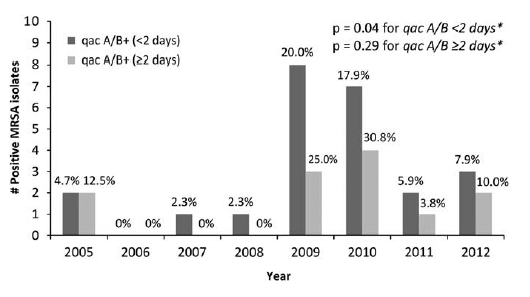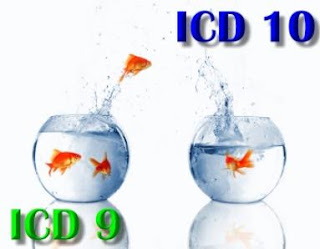2009 H1N1 Pandemic Response: Looking backward and forward
Recently in PLoS Medicine, Gabriel M. Leung from the Food and Health Bureau, Hong Kong and Angus Nicoll from the European Centre for Disease Prevention and Control reflected on the public health response to pandemic H1N1. They discuss what went right and what should be done now to augment our future responses.
I really liked that their primary points highlighted that "public health messages...should not confuse what could happen (and should be prepared for) with what is most likely to happen" and that "decisions regarding pandemic response during the exigencies of a public health emergency must be judged according to the best evidence available at the time." I've pasted below the list of pandemic "Firsts" which included a special shout out to the challenging "blogosphere," of which this here ye olde blogge was a member.
I really liked that their primary points highlighted that "public health messages...should not confuse what could happen (and should be prepared for) with what is most likely to happen" and that "decisions regarding pandemic response during the exigencies of a public health emergency must be judged according to the best evidence available at the time." I've pasted below the list of pandemic "Firsts" which included a special shout out to the challenging "blogosphere," of which this here ye olde blogge was a member.
Box 1. A Series of “Firsts” about Pandemic (H1N1) 2009
- The first pandemic to emerge in the twenty-first century. It has been more widespread and remains ongoing, compared to SARS.
- The first pandemic to occur after major global investments in pandemic preparedness had been initiated.
- The first pandemic for which effective vaccines and antivirals were widely available in many countries, thus requiring public health authorities to earn and retain the confidence of health care providers through whom such are usually distributed.
- The first influenza pandemic to coincide with the ongoing HIV/AIDS pandemic and for which preliminary data do not suggest a substantial, disproportionate impact on HIV-infected patients.
- The first pandemic that took place within the context of a set of International Health Regulations and global governance, which had not been widely tested until the present.
- The first pandemic with early diagnostic tests that led to rapid diagnosis but also an early obsession in the media and of policymakers with having reports of the numbers of those infected.
- The first pandemic with antivirals available in many countries that led to a hopeful expectation that the pandemic might be containable, leading to the preparation for and implementation of a “containment phase” in some places.
- The first pandemic in which intensive care was available in many countries to treat critically ill patients, fostering an expectation that everyone could be treated and cured.
- The first pandemic with instant communication so that early impressions (such as the experience and response in Mexico and the Ukraine) could be shared ahead of proper scientific analysis.
- The first pandemic in which web-based platforms of traditional journals expedited dissemination, complemented by other innovative online resources (e.g. PLoS Currents: Influenza, http://knol.google.com/k/plos-currents-influenza#, based on Google's knol technology).
- The first pandemic with a “blogosphere” and other rapid social media messaging tools that challenged conventional public health communication.



Comments
Post a Comment
Thanks for submitting your comment to the Controversies blog. To reduce spam, all comments will be reviewed by the blog moderator prior to publishing. However, all legitimate comments will be published, whether they agree with or oppose the content of the post.